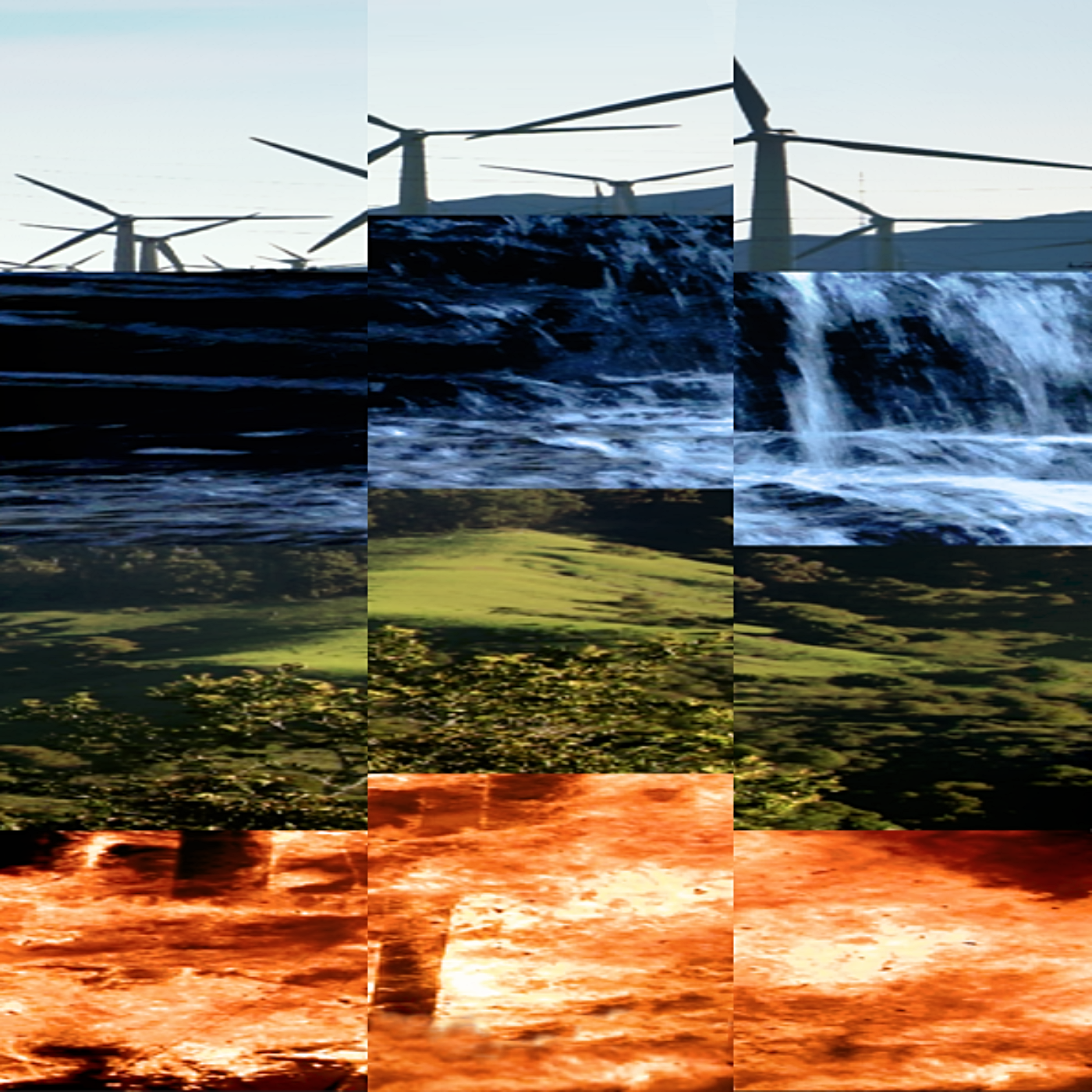Mid-Side Spatialization Patch
Posted on | December 24, 2015 | No Comments
This is a mid-side stereo patch exploring ways of spreading the various outputs from the DPO around the stereo field. The DPO sends 6 waveforms to the RxMx. The lower-numbered RxMx channels are fed fundamentals, and become the “mid” signal. The higher channels have increasingly spectrally-rich oscillators, and become the “side” signal.
The first clip has some reverb, ping-pong delay and drums added. The second clip is the raw patch:
Mid-side decoding is:
L = M + S
R = M — S
Maths is used to invert the “Side” signal and subtract it from “Mid”. The Optomix is used to add these two together. That way, we have the L and R signals.
I’m filtering the Side signal via the MMG, which allows for filtersweeps that only happen in stereo. It’s also a good idea to scoop out the frequency range occupied by the Mid signal with a highpass so the decoded sound isn’t as hollow. One of the many beauties of MS encoding is you can do stereo filtering (of sorts), using mono filters / effects.
One interesting part is calibrating the levels of channels 2 and 3 on Maths to get the balance right. Set the RxMx channel and radiate controls so you only hear channel 1. This should be pure “Mid”. Adjust Maths Ch 2 so that the L and R outputs are the same level. Next, set the RxMx so you only hear channel 6 — this should be pure “Side”. Adjust Ch 3 on Maths in the negative until the L and R channels have a roughly equal level. The sound should be completely phase-inverted from left to right.
Now, setting channel and radiate should mix between mono and stereo imaging, with the higher harmonics appearing mainly in the stereo field. Things can get pretty nuts of you tune Oscillator A and B to different frequencies.
Comments
Leave a Reply











